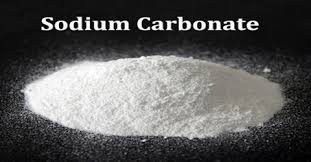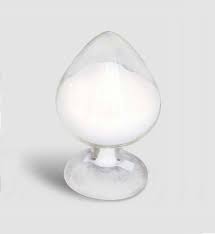The toxic effects of Triethylamine
Triethylamine is used as a catalytic solvent in chemical syntheses; as an accelerator activator for rubber; as a corrosion inhibitor; as a curing and hardening agent for polymers; as a propellant; in the manufacture of wetting, penetrating, and waterproofing agents of quaternary ammonium compounds; and for the desalination of seawater.
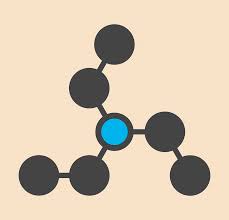
Hazard
halo vision. People have complained of seeing "blue haze" or having "smoky vision." These effects have been reversible upon cessation of exposure. Acute exposure can irritate the skin and mucous membranes in humans. Chronic (long-term) exposure of workers to triethylamine vapor has been observed to cause reversible corneal edema.
Chronic inhalation exposure has resulted in respiratory and hematological effects and eye lesions in rats and rabbits. No information is available on the reproductive, developmental, or carcinogenic effects of triethylamine in humans. EPA has not classified triethylamine with respect to potential carcinogenicity.
Toxic Effects and Mode of Action
Triethylamine is a colourless, unpleasant-smelling, inflammable liquid. It is absorbed well after both ingestion and inhalation, and rapidly excreted with a half-life of 3 hours. As a result of its strong alkalinity, triethylamine has an irritative to caustic effect on rabbit skin, depending on the conditions, and is caustic in the rabbit eye. Triethylamine vapour causes severe irritation of mucous membranes. After inhalation exposure of rats for 4 hours, LC50 values of 1250 and 2600 ml/m3 were described. Triethylamine was not found to cause sensitization.
Exposure of workers for 8 hours to average triethylamine concentrations of 3 ml/m3, with exposure for short periods to more than 4 ml/m3, led to subjective visual disturbances, which were described as blue-grey, cloudy or unclear vision. In individual cases visual disturbances were described even with lower 8-hour average exposure levels in the range of 1 ml/m3; short exposure peaks were possibly responsible. With higher concentrations irritative effects occur: the cornea can appear to be slightly cloudy; this, however, regresses some hours after the end of exposure without leaving permanent damage.
In rats, the respiratory passages were found to be the main target organ after exposure to 1000 ml/m3 for 10 days (necrosis and inflammation of the nose, oedema of the lungs, metaplasia of the airways). Exposure for 6 weeks to 50 ml/m3 led in rabbits to irritative effects on the cornea and the lungs, and degenerative changes in the liver.
Both a test for mutagenicity in Salmonella and also a test for sister chromatid exchange in CHO cells (a cell line from Chinese hamster ovary) yielded negative results.
You may like
See also
Lastest Price from Triethylamine manufacturers
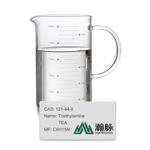
US $300.00-20000.00/kg2025-04-17
- CAS:
- 121-44-8
- Min. Order:
- 1000kg
- Purity:
- 0.99
- Supply Ability:
- 3000 Metric Ton/Metric Tons per Year
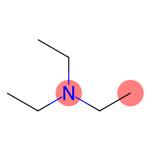
US $0.00/kg2025-04-15
- CAS:
- 121-44-8
- Min. Order:
- 20kg
- Purity:
- 99%
- Supply Ability:
- 20 tons

